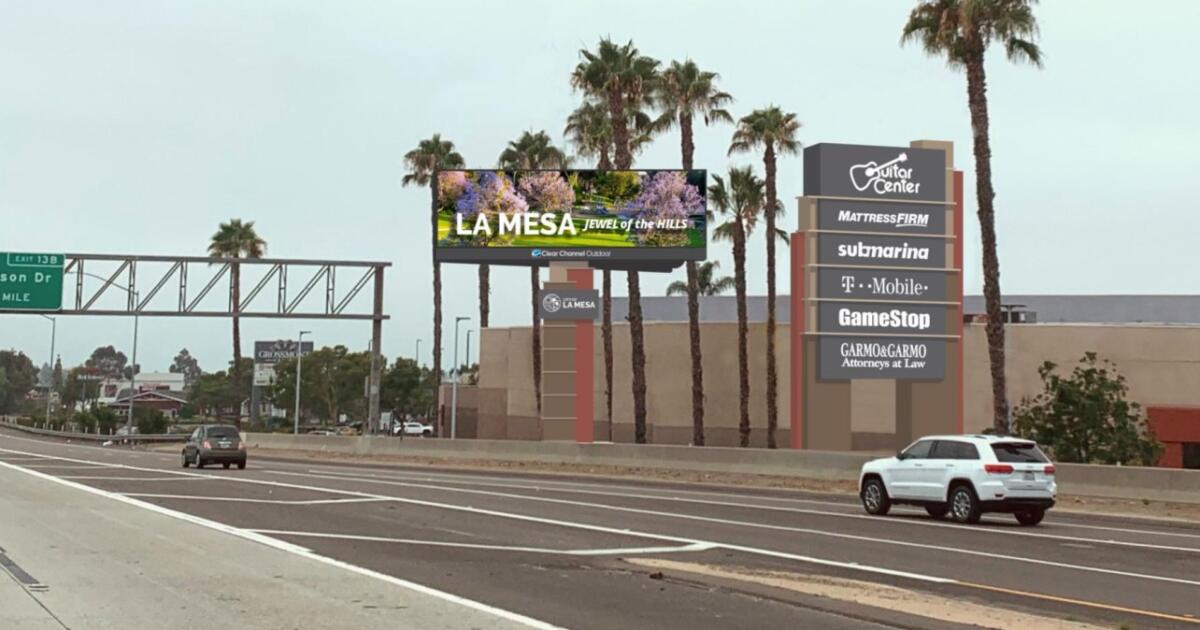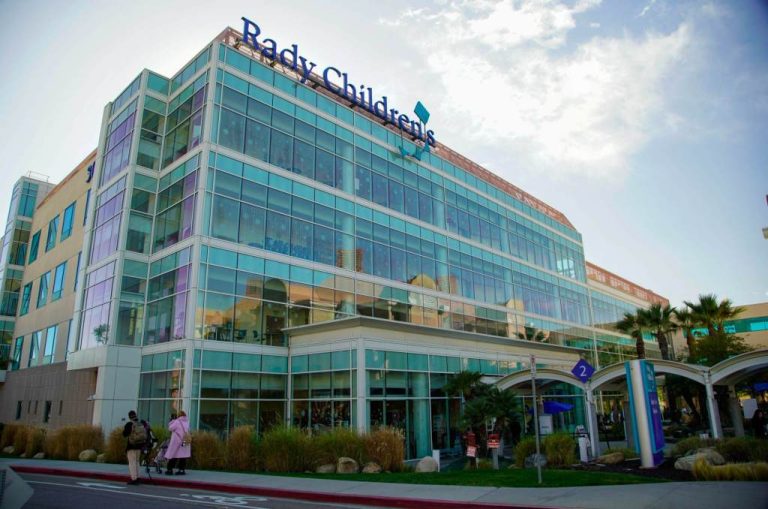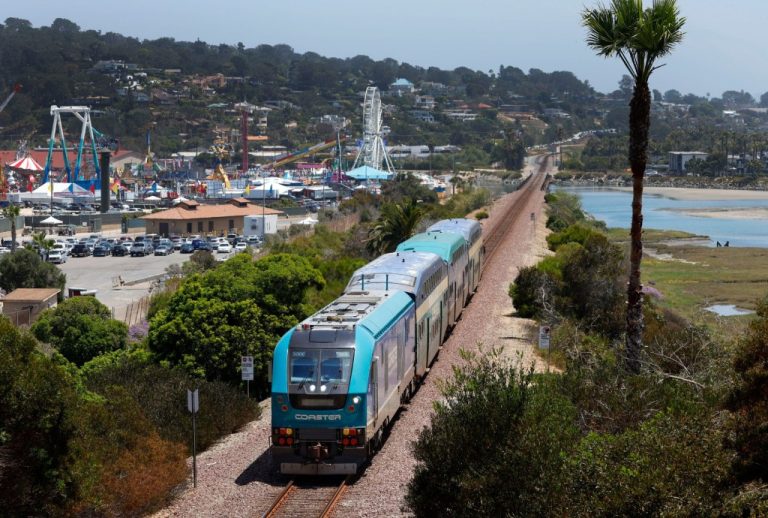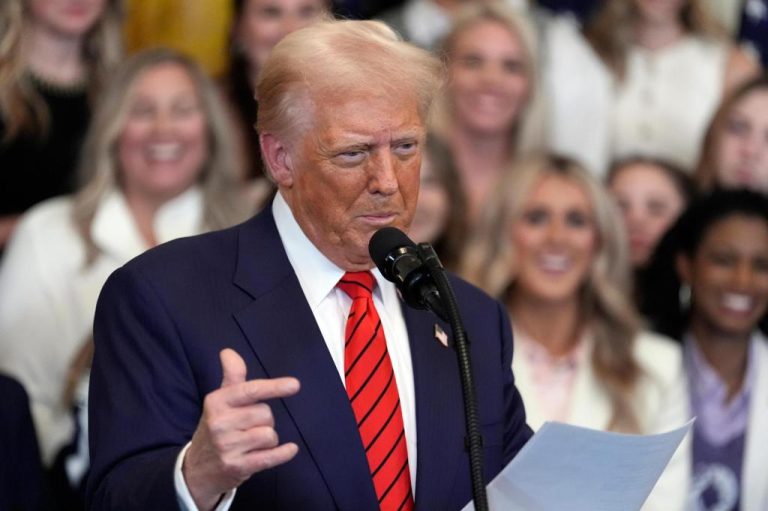
For months, La Mesa residents have been showing up for City Council meetings displaying handmade signs and speaking in opposition to a proposal that would allow digital billboards in the city.
Advertising funding on the proposed billboards, which could be installed near Grossmont Center in view of drivers along Interstate 8, would raise funding for the city’s police, fire department and arts programs.
But the initiative may be dropped when the La Mesa City Council meets Tuesday.
“After considering substantial citizen commentary and careful evaluation regarding this matter, we believe that the placement and installation of digital billboards in La Mesa is inappropriate at this time,” Mayor Mark Arapostathis and Vice Mayor Laura Lothian say in a statement attached to the agenda.
“Therefore, rather than expend valuable staff time, resources and effort processing the (request for proposal), we request that the Council immediately (at this meeting) redirect staff to terminate the RFP and all related actions.”
Earlier this year, the City Council created a subcommittee led by Councilmembers Jack Shu and Patricia Dillard to explore the benefits and disadvantages of allowing digital billboards. Shu said they found several issues with the proposal. Studies show that digital billboards lead to increased traffic accidents.
The idea to install digital billboards was originally brought to the City Council by Clear Channel Outdoor, a global advertising company whose website reports it has 4,000 digital displays placed in airports, transit stations and along roads across the country.
Clear Channel proposed installing several digital billboards over time, including north of Interstate 8 near Grossmont Center at 8805 Murray Drive, which would have screens facing both westbound and eastbound lanes of traffic. Each sign would have shown an image for eight seconds before switching to the next for a total of eight messages in a 64-second loop, a spokesperson previously said.
That proposal was not only opposed by many La Mesa residents, but also by the new owners of Grossmont Center, Federal Realty, which said that placing digital billboards near its signage “could prove to be to the detriment of Grossmont Shopping Center’s marketability.”
“Digital displays are also known for their extremely strong visual presence and these signs will dominate a driver’s field of view for the 12 seconds that it takes to pass Grossmont Shopping Center at freeway speed,” Scot Vallee wrote. “Our shopping center’s static signs won’t compete well for a driver’s attention against the large, bright, digital displays that are being proposed.”
In a 2-3 decision on July 25, the City Council voted against moving forward with the proposal. But digital billboards made a comeback during a Sept. 26 meeting when the council voted 4-1 in favor of considering it as a way to fund public art and public safety, with Shu opposed. That vote directed staff to develop and circulate a request for proposals for digital billboards, limiting them to commercial districts and excluding them from La Mesa Downtown Village.
In the weeks since, dozens of residents have attended City Council meetings to speak in opposition to the billboards. There was also a Change.org petition opposing the digital billboards. Since it was started Nov. 21, the petition has garnered 463 signatures, with petitioners stating they were concerned about safety issues and feared the lights would make it harder for them to drive at night and be an eyesore.
Don Wood, who has owned his home in La Mesa near Lookout Park for nearly four decades, said the billboards would be a major safety hazard near an area where a collection of ramps connects Interstate 8, state Route 125 and La Mesa Boulevard.
“They want to put the sign up because there’s so much traffic,” Wood said. “But there’s also a whole lot of potential problems with the drivers who are trying to merge all those lanes together at 70 mph being distracted by a digital billboard that says, ‘Look at me, look at me, look at me.’ ”
Lothian said that while she was originally open to the idea as a way to fund public arts projects, a project she sees as one of her goals in office, hearing from so many La Mesa residents is what made her ultimately oppose it.
“There’s a lot of citizens that get very, they’re apathetic, or they’re discouraged, dispirited, feel like they don’t have a voice” Lothian said. “I’m actually tickled pink that the citizens expressed their outrage, they organized and they made a difference. And if they had not done this, we would have electronic billboards.”






